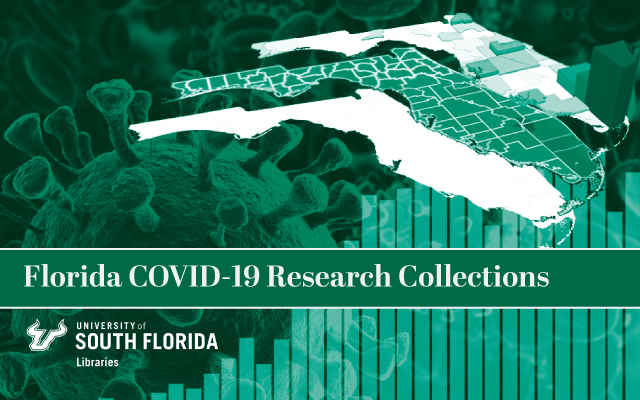
All publications
Data from the COVID-19 Epidemic in Florida Suggest that Younger Cohorts Have Been Transmitting their Infections to less Socially Mobile Older Adults
Document Type
Article
Publication Date
2020
Keywords
SARS-CoV-2, Coronavirus, Heterogenous SIR models, Reopening, Social mobility, Testing
DOI
https://doi.org/10.1007/s11150-020-09496-w
Abstract
We analyzed the daily incidence of newly reported COVID-19 cases among adults aged 20–39 years, 40–59 years, and 60 or more years in the sixteen most populous counties of the state of Florida from March 1 through June 27, 2020. In all 16 counties, an increase in reported COVID-19 case incidence was observed in all three age groups soon after the governor-ordered Full Phase 1 reopening went into effect. Trends in social mobility, but not trends in testing, track case incidence. Data on hospitalization do not support the hypothesis that the observed increase in case incidence was merely the result of liberalization of testing criteria. Parameter estimates from a parsimonious two-group heterogeneous SIR model strongly support the hypothesis that younger persons, having first acquired their infections through increasing social contact with their peers, then transmitted their infections to older, less socially mobile individuals. Without such cross-infection, an isolated epidemic among older people in Florida would be unsustainable.
Citation / Publisher Attribution
Review of Economics of the Household, v. 18, p. 1019-1037
Scholar Commons Citation
Harris, Jeffrey E., "Data from the COVID-19 Epidemic in Florida Suggest that Younger Cohorts Have Been Transmitting their Infections to less Socially Mobile Older Adults" (2020). All publications. 87.
https://digitalcommons.usf.edu/usf_fcrc_all/87


Comments
Article available for free at PubMed Central: https://www.ncbi.nlm.nih.gov/pmc/articles/PMC7443153/